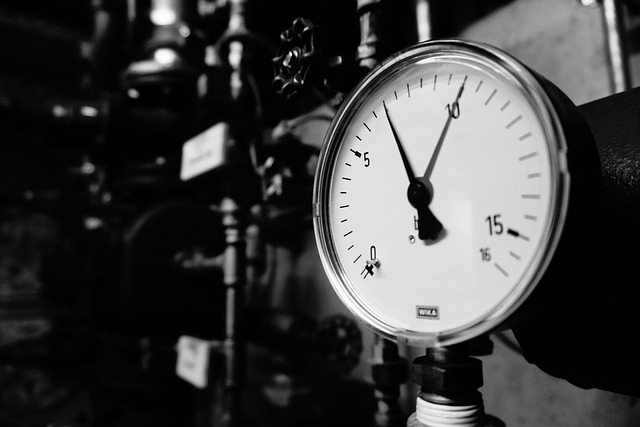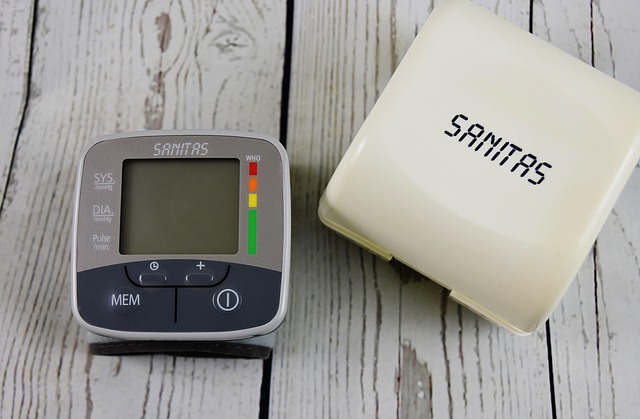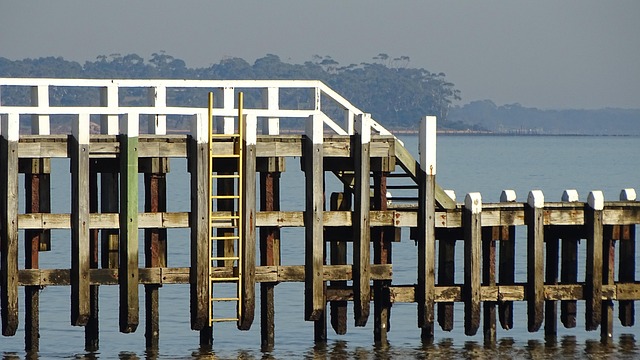Low shower water pressure is commonly caused by mineral buildup, sediment in pipes/showerheads, leaky valves, faulty aerators, or outdated infrastructure like corroded pipes. Observing water flow across fixtures and examining showerhead blockages aids diagnosis. Simple solutions like replacing the showerhead may help, but persistent low pressure could indicate main supply line or valve issues requiring professional repair. Identifying causes empowers informed actions to restore optimal water pressure for better shower experiences.
Is your shower pressure weak and leaving you disappointed? You’re not alone. Low water pressure is a common issue, but identifying the root cause can be tricky. From leaky pipes to outdated fixtures, various factors contribute to this problem. This article delves into the top causes of low water pressure in your shower and offers practical solutions to restore optimal flow. By the end, you’ll have the knowledge to fix or prevent this frustrating issue.
- Uncovering the Common Causes of Low Water Pressure in Your Shower
- Diagnosing the Problem: Steps to Identify Weak Shower Pressure
- Effective Solutions for Restoring Optimal Water Flow to Your Shower
Uncovering the Common Causes of Low Water Pressure in Your Shower

Low water pressure in your shower can be frustrating, leaving you with a weak spray that’s less than invigorating. But don’t worry, it’s usually an easy fix. Uncovering the common causes is the first step to restoring full pressure. The most frequent culprits include mineral buildup or sediment accumulation within your pipes or showerhead, leading to restricted water flow. Another possible reason could be a leaky valve or faulty aerator—both can significantly reduce the overall pressure. Even issues with your water supply, such as old pipes or a low-pressure main, might contribute to the problem. Once you’ve identified the root cause, it’s time to implement effective solutions to restore optimal water pressure in your shower.
Diagnosing the Problem: Steps to Identify Weak Shower Pressure

Diagnosing low shower pressure starts with observing your water flow. First, check if other faucets in your home are also experiencing reduced water pressure. If the issue is isolated to the shower, it could be a problem with the showerhead itself, such as mineral buildup or a faulty design. Next, examine the showerhead for any visible blockages like hair, soap scum, or mineral deposits. These obstructions can significantly restrict water flow.
Additionally, consider the age of your plumbing system. Older pipes and fittings might be corroded or narrowed over time, leading to reduced water pressure throughout your home, including the shower. In some cases, a simple solution like replacing the showerhead or clearing blockages can restore pressure. However, if the problem persists, it could indicate more complex issues like low water pressure from the main supply line or faulty valves requiring professional attention.
Effective Solutions for Restoring Optimal Water Flow to Your Shower

Weak shower pressure can be frustrating, but identifying and addressing the underlying causes is straightforward. By understanding the common sources of low water pressure, such as leaks, mineral buildup, or outdated plumbing, you can effectively diagnose and resolve the issue. Implementing the solutions outlined in this article—from simple maintenance checks to potential upgrades—will restore optimal water flow, enhancing your shower experience. Remember, addressing these causes not only improves your daily routine but also saves water and money in the long run.
